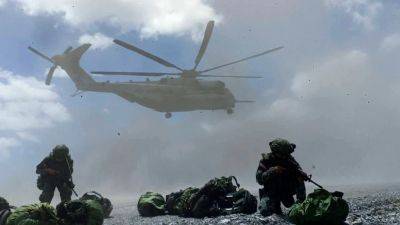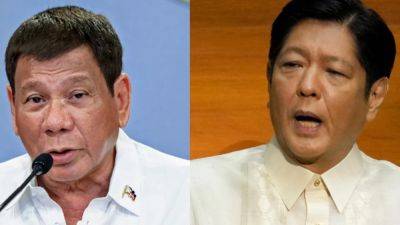The China threat is finally prompting the Philippines to step up military modernisation. Will it succeed?
For decades, Filipinos shared a sarcastic joke about their country’s military air power: the Philippine Air Force, it went, had air but no force.
Possessing neither fighter jets nor missiles, the air force relied on propeller-driven aircraft that seemed to belong to a bygone era. The other armed services were little better. The navy was built around venerable rust buckets – one of them, a third-hand World War II landing craft, found its best use as a wreck deliberately run aground to assert a territorial claim. The army had no tanks, no modern heavy weapons and relied on towed artillery.
Colonel Xerxes Trinidad, chief of the armed forces’ public affairs office, told This Week in Asia that the modernisation programme had led “to the acquisition of never-before-seen defence equipment which has spurred big changes to the [armed forces] – it is now more modern and capable compared to the last 15 years”.
In a paper published in February, Renato de Castro, a distinguished professor of international studies at the De La Salle University, pointed out how “China’s myopic nationalism, growing naval prowess and unilateral actions were overtly directed against a militarily weak Southeast Asian country – the Philippines.
De Castro’s paper noted how Manila’s 2019 National Military Strategy had bluntly stated that China would never be a security partner of the Philippines and was in fact the main threat to the country, and the US should be included in the military’s strategic planning.
“Before, there was a thinking in the [armed forces] that modernisation could be a substitute for the alliance [with the US]. That has never happened. Will never happen. They [Philippine strategists] realised you cannot separate them, modernisation has to be






